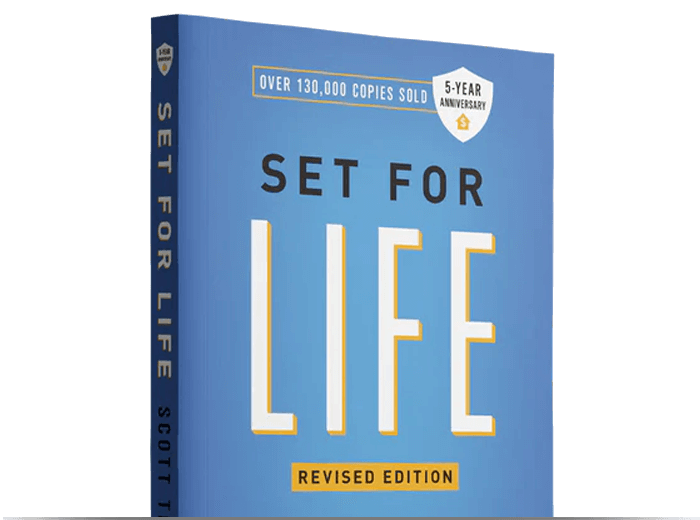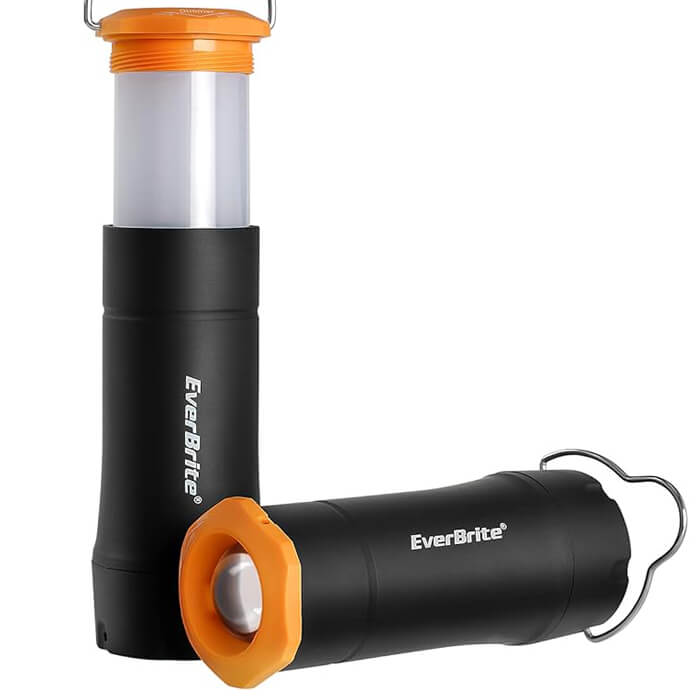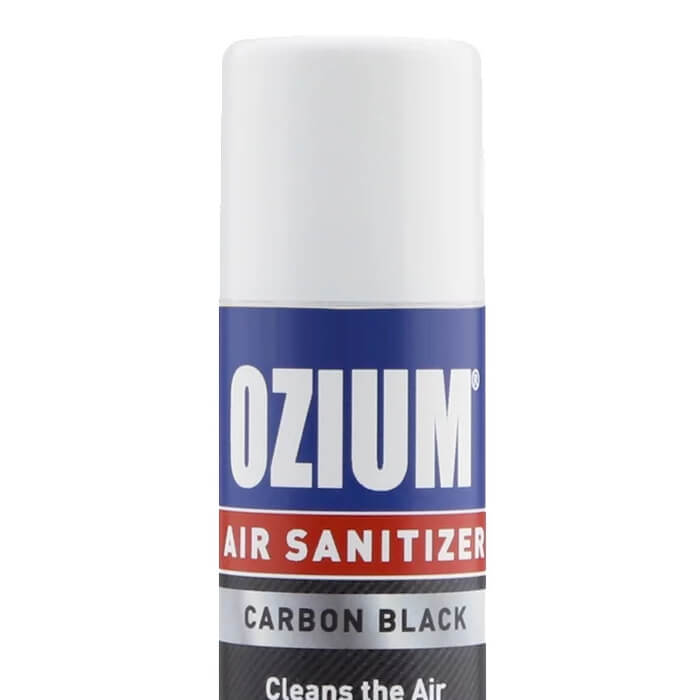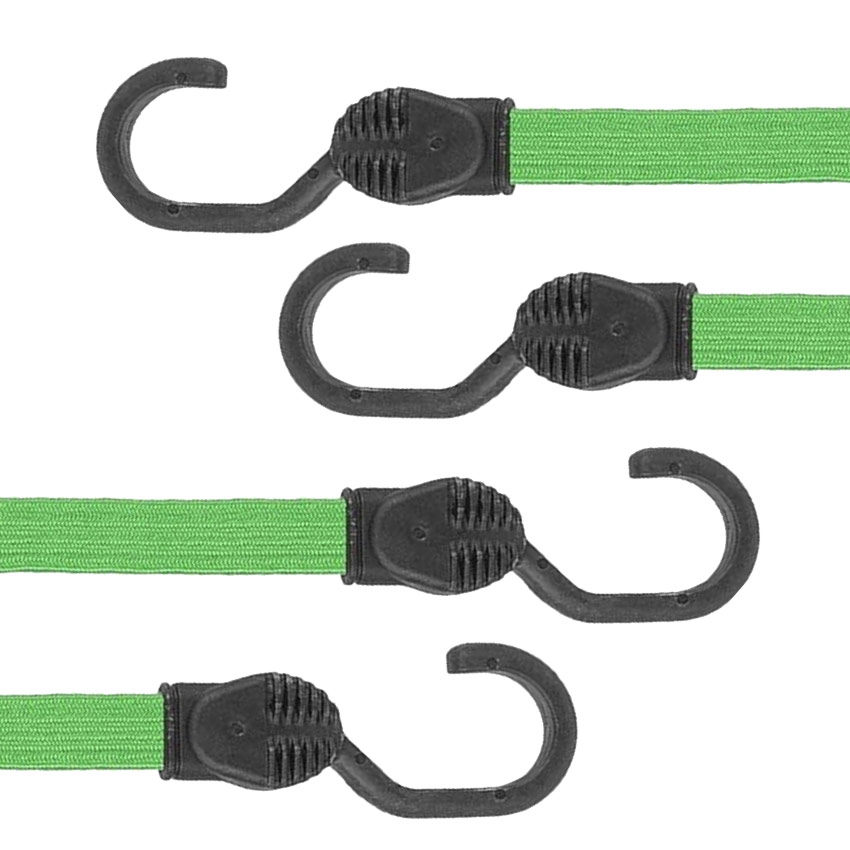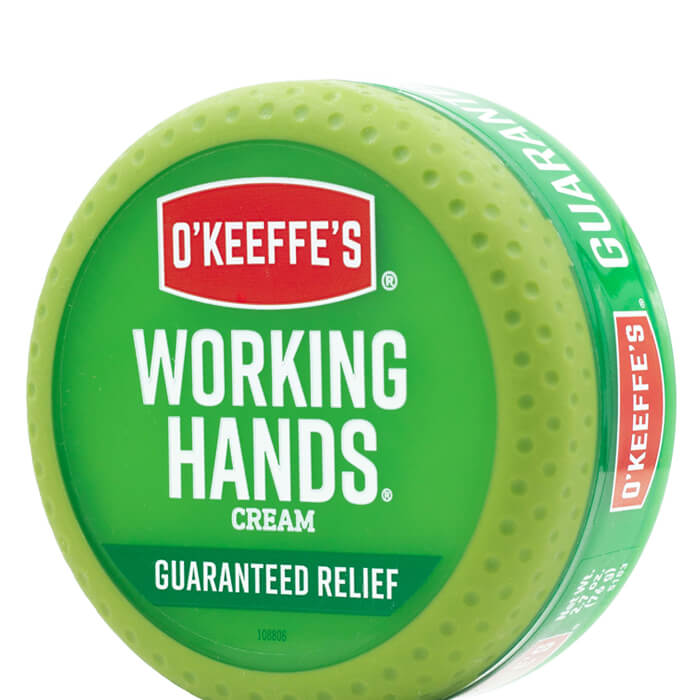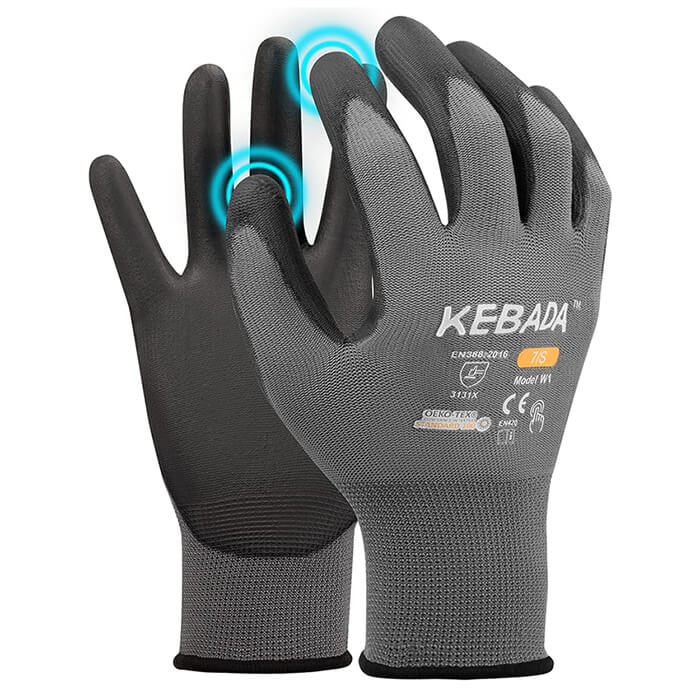Amazon Delivery Driver Job
Are you considering driving for an Amazon DSP company? This website should help you decide if this is a job for you. And if so, here you will find some practical Amazon delivery driver job tips on how to work smarter, not harder.
Reasons why you might want to consider an Amazon delivery driver job
- You enjoy driving. Although a significant portion of your shift involves other tasks, you will spend an average of one to three hours a day driving, covering short distances from one stop to another.
- Easy entry. No previous experience is required.
- No boss hassle. If you work well and both your company and Amazon are cool with it, they’ll let you be. If not, they might find someone else. No contracts, just roll with it.
- Autonomy in your work. You’ll have some interactions with customers, but how much is really up to you. Small talk isn’t part of the job description here, and honestly, you won’t have much time for it anyway.
- Structured days. Amazon has developed a highly organized, military-style logistics routine, providing an efficient framework for daily tasks, which is supposed to make things run smoothly.
- Never a dull moment. There’s hardly any downtime – you’re expected to be on the go from the moment you get assigned a route until you clock out. Throw in a 30-minute (this one is mandatory and unpaid) lunch break and two 15-minute snack breaks.
- You enjoy a change of scenery. You might get assigned to different parts of your town regularly. I was fortunate to spend most of my shifts in various vibrant parts of Brooklyn, where diverse neighborhoods peacefully coexist. Old townhouses, expensive condos, and low-income housing, it’s all there.
- Interest in gaining experience in delivery services. If you aim to gain exposure to delivering packages before applying for higher-paying roles in postal services, such as UPS, FedEx, or DHL, this could be a stepping stone.
DSP Glossary
Branded vans vs Rentals – branded is a blue van with Amazon logos. Rentals are normally shorter and without folding shelves.
DSP stands for Delivery Service Partner. A clever way for Amazon to hire you without fully employing you.
Extras – packages you find in your van that are not in your itinerary
Sweepers – drivers who don’t have a route of their own, but take packages off of drivers who are running behind; drivers with rescue shifts
Rescue – is when dispatch sends a driver who finishes early to take some packages from a driver who falls behind the schedule
Overflows – are loose packages too large or too heavy to stuff in cube bags
This pocket-size lantern/flashlight combo will save your sanity when the light in the back of your van has a mind of its own.
Not happy with the charger you get from your dispatch? This one plugs directly into your device, no cables to deal with.
Job Requirements
- You have to be 21 or older, have work authorization, be able to pass a background screening and a drug test and have a good driving record. No CDL license is needed to work on “sprinter” type vans.
- Good if you have previous experience driving a van.
- Good if you’re familiar with the area where your DSP operates.
- Good if you’re a team player. At least the typical job description says so.
OK, you got the job. What’s next?
- You will get a 3-day classroom training. Pay attention and make notes, this training is supposed to prepare you for various problematic delivery scenarios. Most of the things you learn here will come in handy at one point or another.
- You will also get a day or two of on-the-job training, helping one of the experienced drivers to complete their route.
- Once you start working, you will get to work 3-6 days a week (usually, working at least one weekend day is required). 4 days on average, resulting in a 40-hour work week, with overtime pay for everything above that. The number of days/hours you work will depend on how busy your DSP is, and how good your stats are.
- You must deliver 100-350 packages, making 25-90 stops a day.
Not happy with the charger you get from your dispatch? This one plugs directly into your device, no cables to deal with.
This pocket-size lantern/flashlight combo will save your sanity when the light in the back of your van has a mind of its own.
Got a stinky truck? No worries, Ozium should take care of that. It smells great and comes in convenient compact sizes.
Who should you call when you face problems?
Call Driver Support if the issue is package or delivery-related (missing or extra packages and package labels, GPS glitches (“…you’re not at the right location…”), delivery status errors, etc). Any problems you’d also have to resolve if you were an independent AmazonFlex driver.
Call Dispatch if the issue is van or smartphone/charger related, or anything else DSP-specific.
Sometimes you have to switch to Flex on your own phone (due to a dead battery on the work phone, or other issues). Try to avoid doing it mid-stop. The packages of that stop that you already delivered will be marked as not yet delivered. You would have to call Driver Support to resolve this.
When you log in to Flex on the work phone, it sometimes asks to confirm the number. Call your personal phone to see the work phone number.
What does your “best-case scenario” day of work look like?
In this job, there are too many things you can not control. Things will line up perfectly for you only if you get lucky.
- It is a good weather day. On a rainy day not only do you get wet and it’s harder to drive, but your work smartphone gets wet and becomes a hell to use, especially if the moisture gets under the protective screen (and, switching to your personal phone in bad weather doesn’t look like a great idea).
- The number of available drivers matches the number of available routes, and you get one. If you didn’t get a route, you might get a day of work doing “rescues”, or get paid for a few hours for coming to work and then sent home.
- You get a good van. What is a good van? Everything is fully functioning. It has enough fuel so you don’t have to grab a company credit card and stop at the gas station. It doesn’t have a divider wall that separates the driver from the cargo section. Ideally, you should be able to start the engine and close the side mirrors by pressing a button. There should be a good hand truck included. And last but not least, a good van is the one that doesn’t smell of piss.
- You get a decent smartphone. The one where the battery dies slowly (Flex and Mentor apps combined drain the battery pretty fast). The one where the screen protector is not too worn out.
- Your Flex app doesn’t need a software update. The update process might take from a few minutes to half an hour. Just when you can’t waste any time…
- Your Flex and Mentor apps can scan your van VIN number either from a barcode or a QR code available, and you don’t need to enter it manually.
- You get a manageable ratio of van size – number of stops and locations – number of all packages – number of overflows. Branded Amazon vans are longer and have drop-down shelves, which could be a pro or a con, depending on other variables.
- The carts assigned to you are ready, and you don’t need to look for missing carts.
- You get enough time to load your van in an organized manner, so you wouldn’t have to re-arrange things later.
- You don’t have too many heavy overflows.
- Your first stop is not too far from the station.
- Your route is in the area you know and like, and where it is mostly safe to leave packages even when you couldn’t bring them behind locked doors.
A bulkhead door or a hand truck banging back and forth behind your shoulder can be very irritating and distracting. Secure them with bungee cords against seat headrests.
Got a stinky truck? No worries, Ozium should take care of that. It smells great and comes in convenient compact sizes.
What you can do to make your day better?
- Come up with a good system on how to load your van. Load cube bags according to the route queue. Write down “Driver Aid” numbers on overflows with a Sharpie or dry-erase marker to locate them faster.
- Before unpacking the next bag, place it on top of another bag, to minimize back pain.
- If your route includes potentially unsafe areas, try to complete them early, before it darkens.
- If your van is overloaded open your itinerary and see if there’s a stop or a couple of stops where you can drop off many packages at the same location. That should give you some breathing room.
- Use work gloves. If your DSP doesn’t provide it, buy some.
- Charge your phone while driving to the first stop, and during breaks.
When a Mercedes Sprinter van wouldn’t start, displaying the message “Place key fob in marked space” — find a key slot (aka key charging port) below the cup holders.
Best method to arrange overflows
For when your van doesn't have shelves, or you prefer not to use them
Load the tall overflows first. Then, put a row of large packages. Finally, a row of medium-sized ones. In the top corner of all boxes write the Driver Aid numbers found on the yellow stickers. This way everything is “on display”, and you can locate your next overflow easily. Another advantage of this method is that most heavy boxes (spring water, wipes, etc) are medium-sized, and you loaded them right by the van doors.
A bulkhead door or a hand truck banging back and forth behind your shoulder can be very irritating and distracting. Secure them with bungee cords against seat headrests.
Hand cream that heals, relieves, soothes and repairs extremely dry, cracked hands. Unscented and non-greasy.
Protect your hands. These work gloves have a good touchscreen function. Though, they stain hands, and are not very durable – one pair lasts about a month.
Protect your hands. These work gloves have a good touchscreen function. Though, they stain hands, and are not very durable – one pair lasts about a month.
Hand cream that heals, relieves, soothes and repairs extremely dry, cracked hands. Unscented and non-greasy.
Conclusion
After the initial “Look ma, I’m driving a van!” phase, things will get old fast. Mindless driving from one stop to another is tedious. You might start thinking: “Isn’t there a better job for me? A job that is more fulfilling and pays better.” But, it is a bottle half empty, or a bottle half full, depending on how you look at it. Let’s be fair: the pay is adequate for the type of work that doesn’t require any extensive training or talent. Until you get some marketable skills or win a lottery, this gig is alright.
A wise man, who was doing it long enough to know, once told me: “It is what it is. Not a job for everyone. And don’t expect it to get better.” Though in all honesty, if not better, it gets a bit easier once you learn the ropes. And that’s when you might get offered a dispatcher role, but that job too has its downsides (ask Reddit) and the pay is only slightly higher.
This one is slightly off-subject. Learning to manage your budget is especially important when your income is on the lower side. People mindful of their money often find themselves in a better situation than higher earners who don’t track their spending. Read some books on the subject of personal wealth. I would recommend “Set for Life: Dominate Life, Money, and the American Dream” by Scott Trench. Scott is the CEO of BiggerPockets and co-host of the BiggerPockets Money Podcast, and his book gives plenty of actionable advice on how to build a stable financial foundation.
